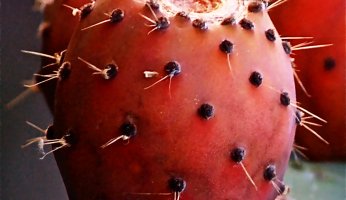10 Edibles for Summer – Midwest
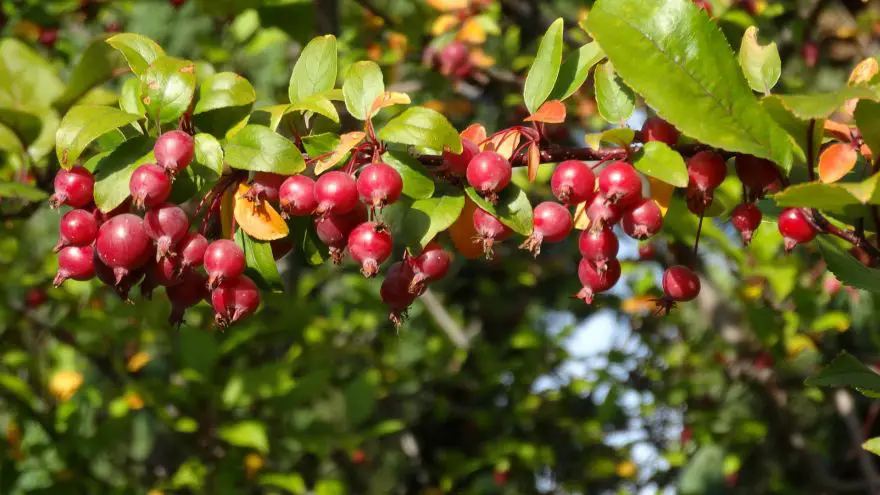 10 Edibles for Summer – Midwest
gearweare.net
10 Edibles for Summer – Midwest
gearweare.net
The Midwest region has a favorable climate for an abundance of plant species growing throughout the year. With a wide variety of wild plants that are edible, nutritious and, of course, delicious some go beyond and come with other benefits such as possessing medicinal value. If you are looking for something edible in the wild this summer here is what you are likely to find.
Table of Contents
Red Mulberry
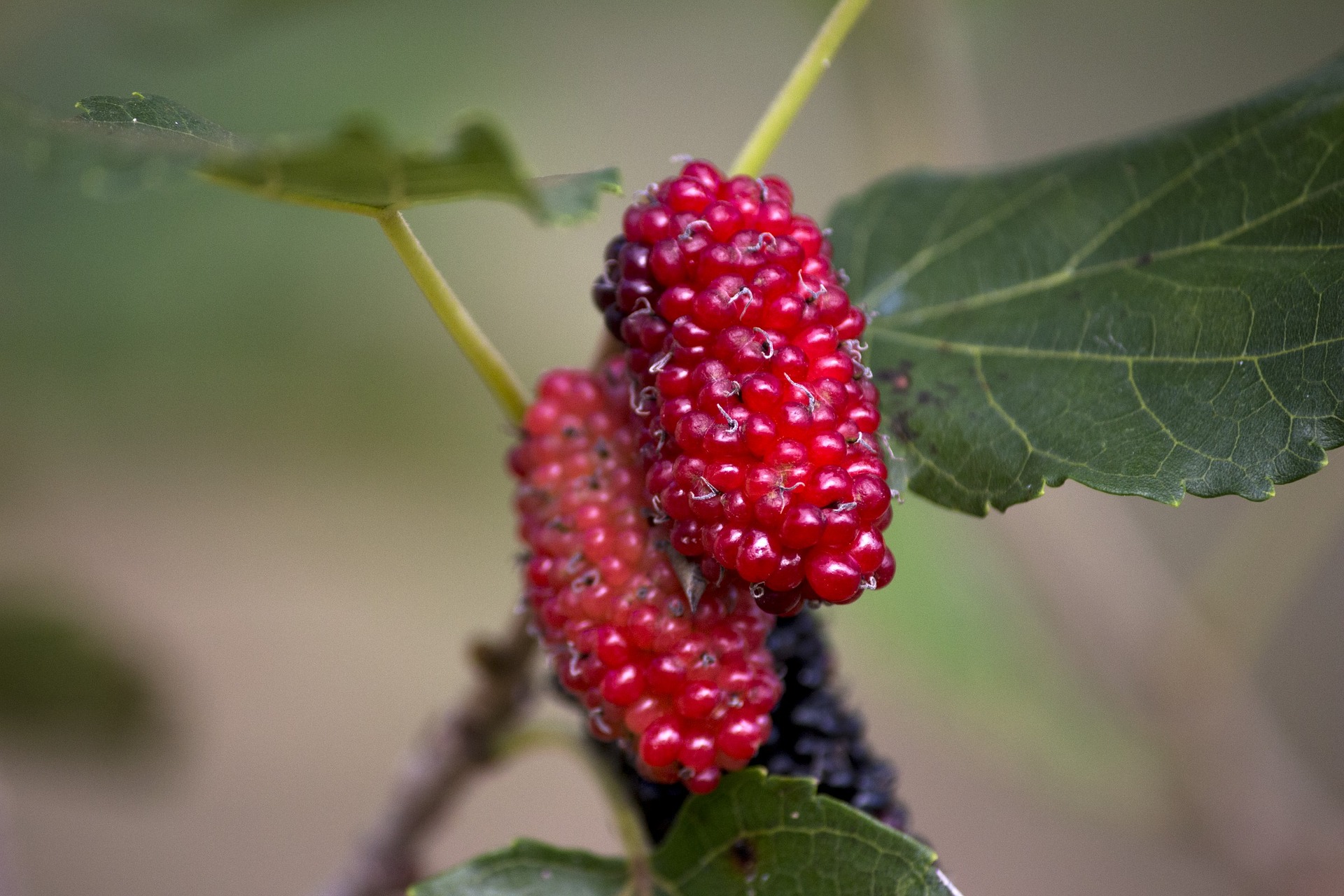
The red mulberry tree is common in the woodlands and fields across the Michigan area. These trees prefer to grow in the shade. Their berries are easy to use and can be utilized in baking or eaten raw. Mulberry fully matures in summer and is readily identifiable because of its fruits, leaves and bark. The mulberry fruit is about an inch long and always appears in clusters. A mulberry tree can be identified by its diameter, which does not exceed three feet. If you find yourself in the wild, you can look for these berries and enjoy the sweet taste.
Ramps
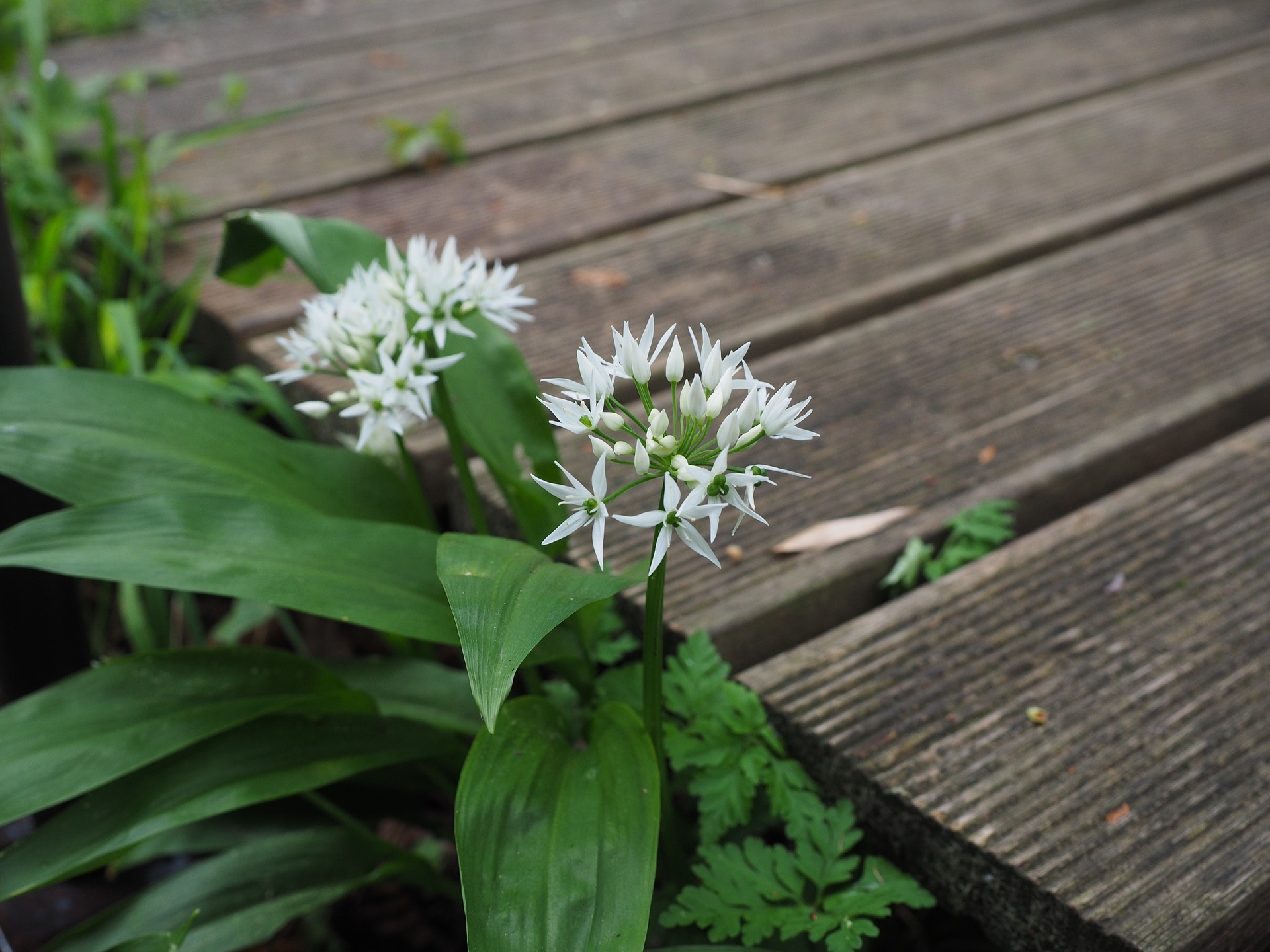
Ramps are edible plants with a garlic-like odor, which are most often harvested in the spring and summer. Ramps have over time become a favorite ingredient in many high-end restaurants because of their nutritional value. Both the leaves and the bulbs of ramp are useful. While the leaves can be harvested in spring the bulbs can be harvested throughout the year; this is done by digging them up with a shovel. Ramps contain selenium, chromium and vitamins A and C all of which are good for your health. Try it this summer as they are toxin free during this period.
Crabapple
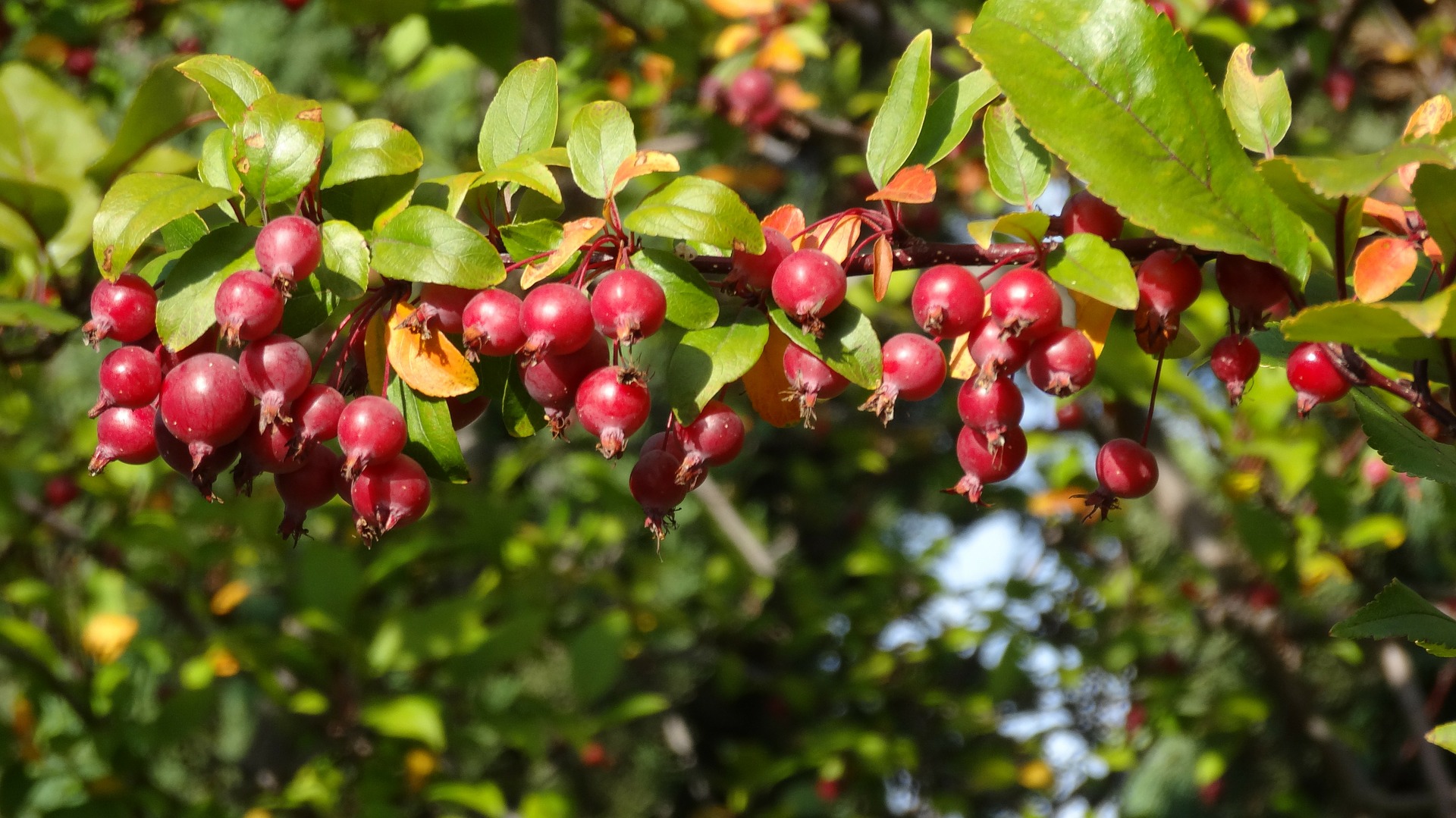
Crabapple is a type of apple found in the wild during summer throughout the region. They are edible and nutritious just like their cultivated cousins. They ripen in August and last well into the fall. Unlike other apples, Crabapples are significantly smaller in size and may be confused with berries, however the whole plant can reach up to 30 feet. Crabapples are found in fields and thickets across the Midwest and are often used as ornamental trees allowing them to be harvested quite close to home.
Asparagus
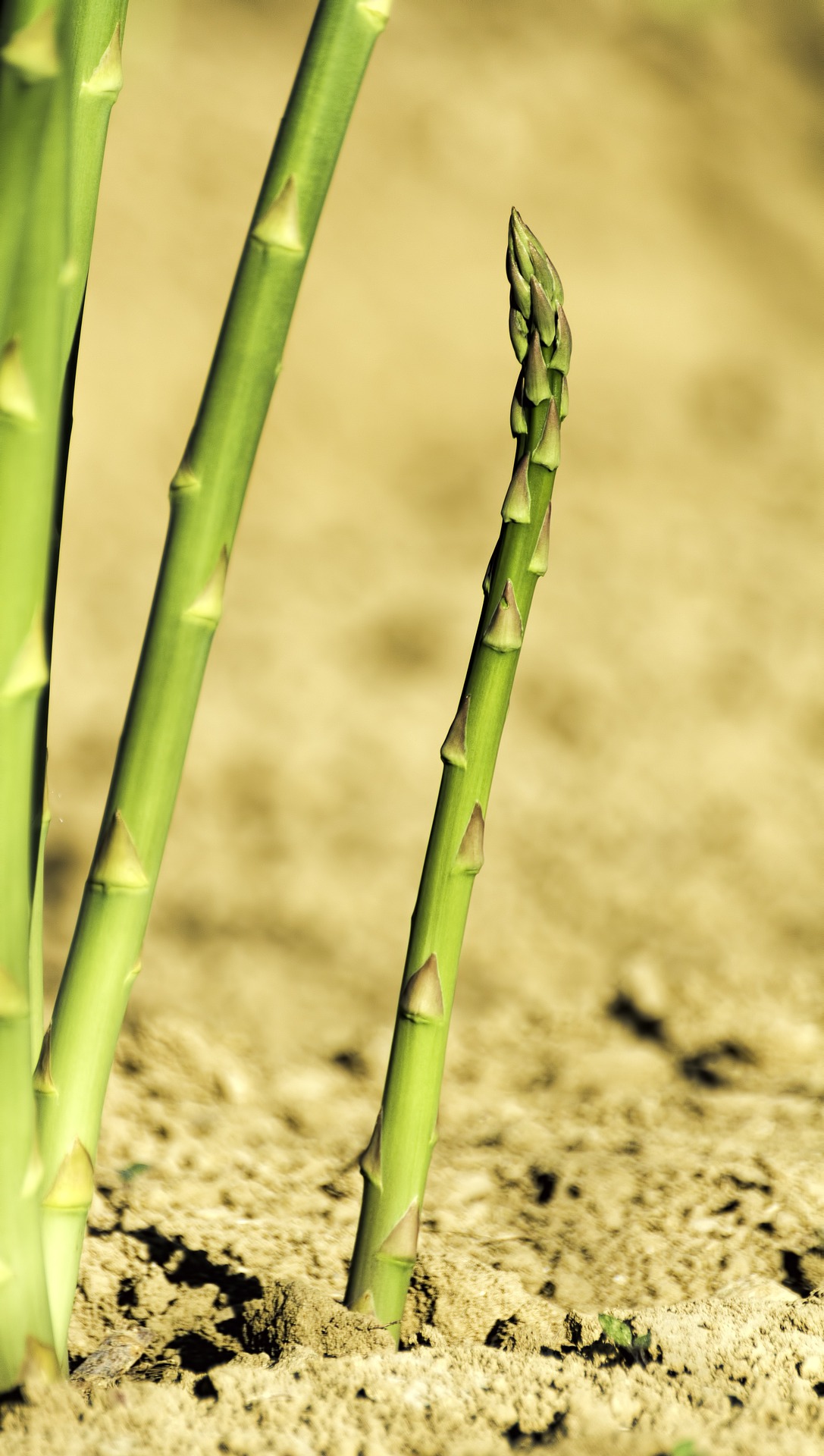
It grows throughout West Michigan mostly along roadsides and in fields. It is true that the wild asparagus is sweeter than the domesticated one and although it’s preferably harvested in the spring, some of it can also be harvested during the summer. The wild asparagus is a feathery plant with fern like features growing to about six feet tall.
Black Raspberry

It grows across the region and looks like a sprawling vine-like shrub that eventually forms into a thicket. Once the berries are ripe, it is easy to harvest. They often grow along streams and lakes and sometimes along roads and trails. Black raspberries often produce more fruits when exposed to some sun making in more productive in summer. It is important to note that black raspberries are very delicate and can easily spoil even if they aren’t transported carefully back from the field.
Juneberry / Saskatoon berry
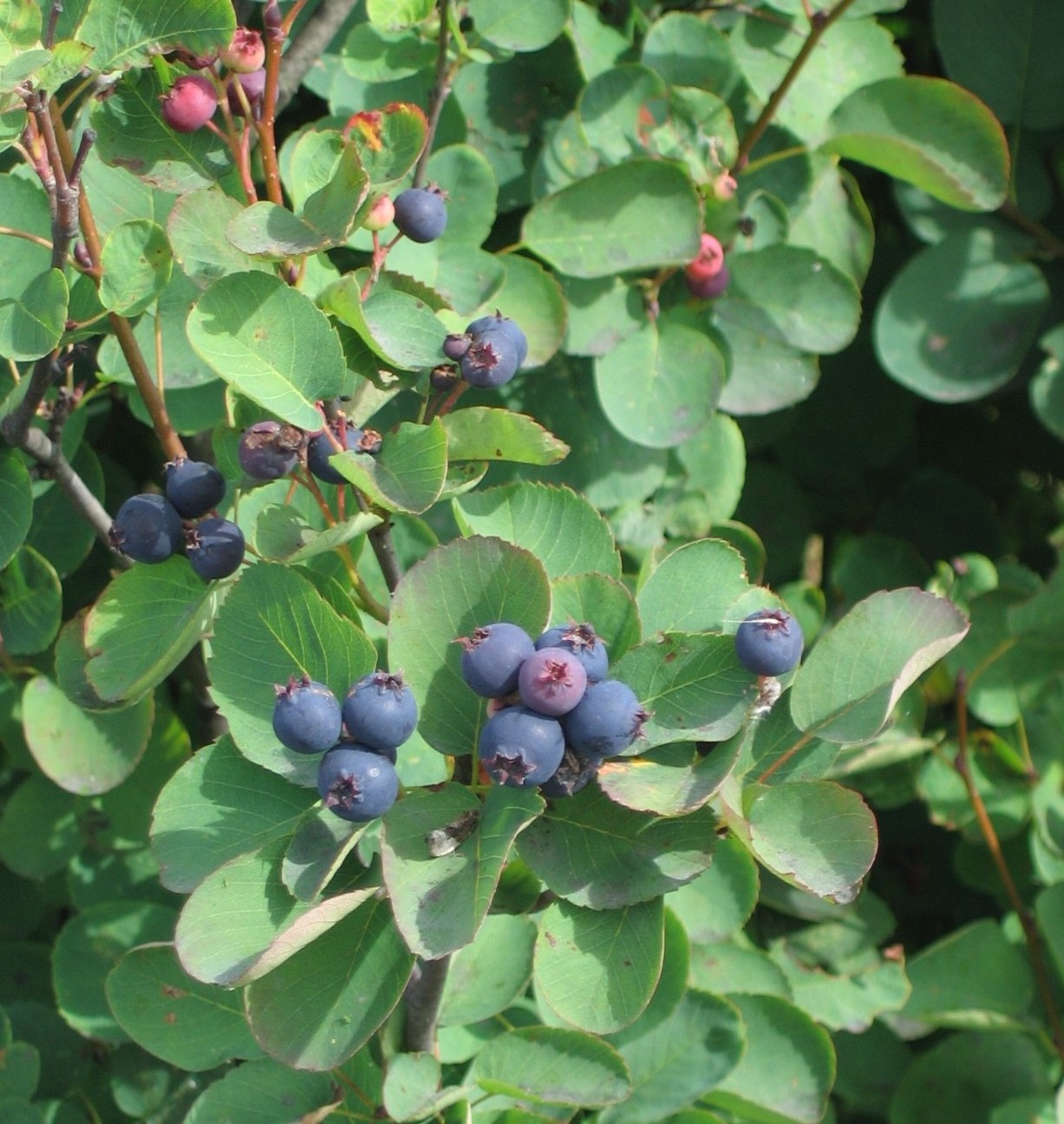
These berries are a common find in the Michigan area when they ripen in June, hence the name. They produce blueberries that are reminiscent of apples and other berries in taste. They are small shrubs with opposite, oval-shaped leaves with toothed edges. Each leaf is about two inches long. In the spring small five-petalled white flowers appear, which give way to the bluish pink berries in summer. To harvest the berries, all you need to do is to simply pluck them from the tree, wash and eat them. For the first-timers, it is worth pointing out that you should pick the darker berries since they are much sweeter.
Dryad’s Saddle
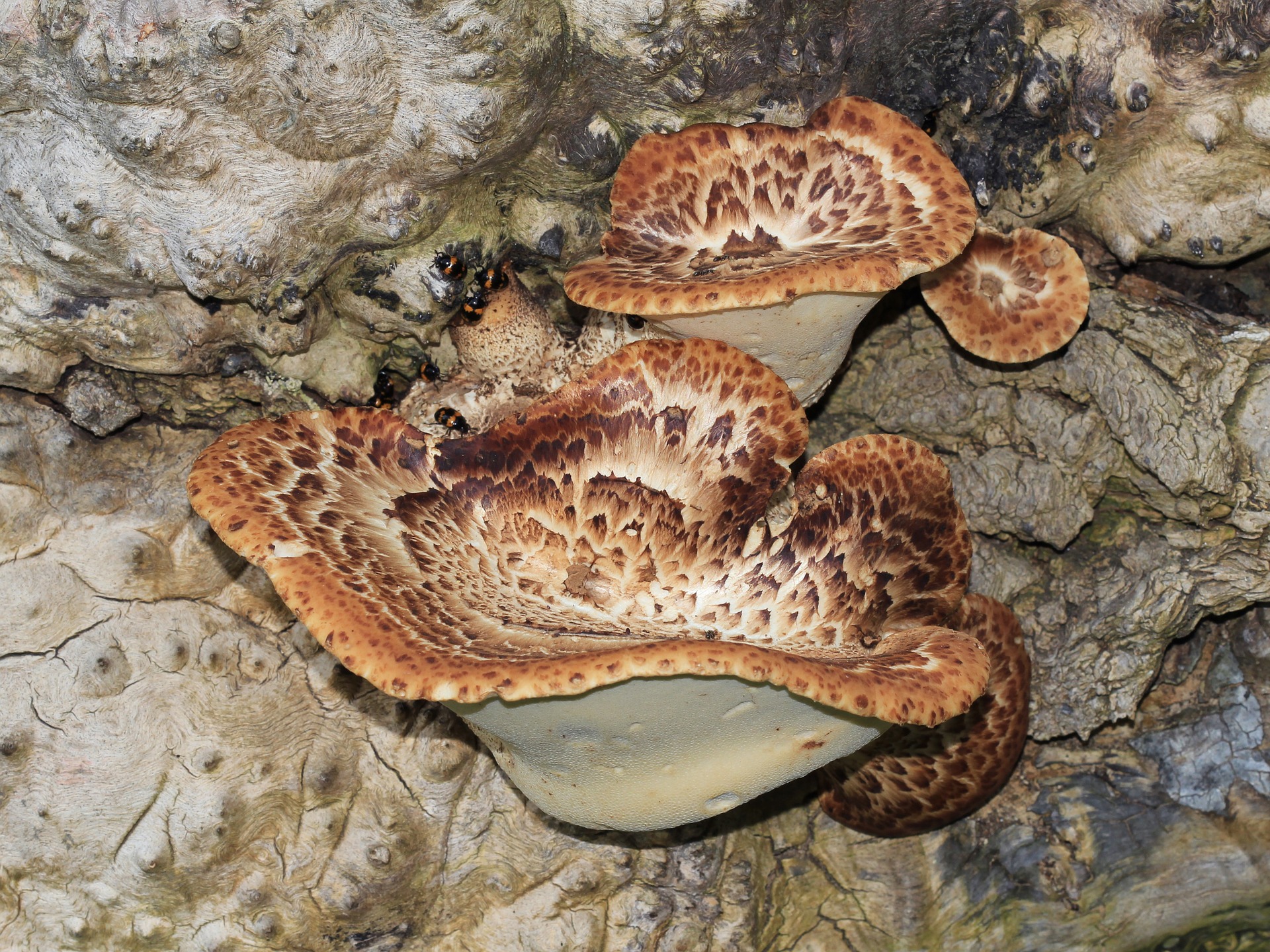
Dryad’s Saddle is a form of mushroom found in many parts of Michigan. It is usually spotted from May usually lasting right through the summer. Its name comes from the seat-like shape it possesses. Dryad’s saddle often grows on decaying hardwood logs. They can be roasted and eaten without fear of toxins. Harvest them by cutting them from the base and gently transporting them back to your kitchen to eat right away.
Wild Bergamot
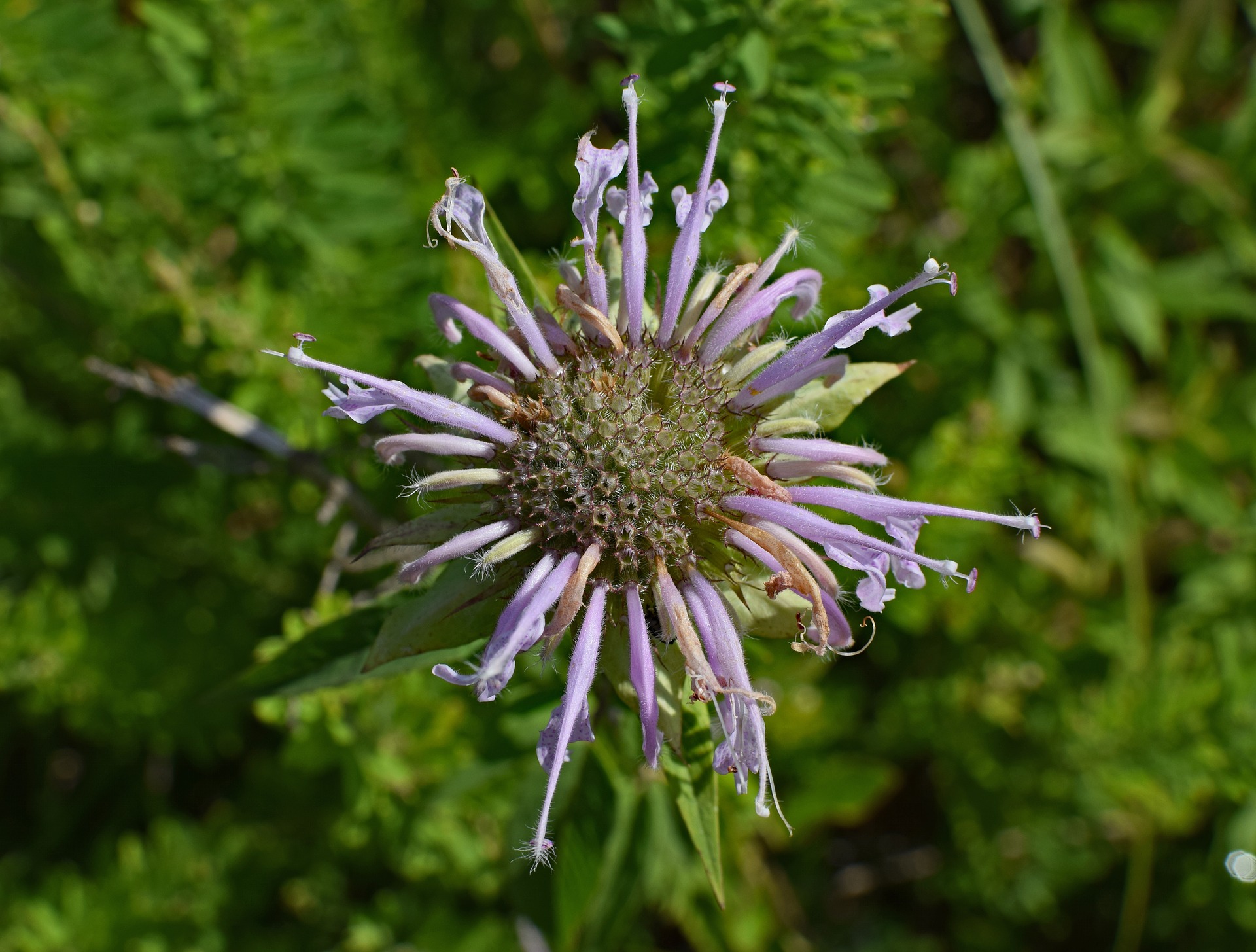
This form of the wild flower is common throughout the entire Michigan region. It often grows in forest thickets and clearings. Wild bergamot has medicinal value and can be used to treat cold and flu symptoms, yeast infections, wounds, and even burns. If looking for the first time, you can easily identify it because of its highly aromatic flowers with a lavender color. Its stems are slightly reddish while the leaves are triangular or oval-shaped. Both the leaves and the flowers are used and are harvested by cutting the plant near the ground. Some of the other wild edibles that deserve your attention is Clover.
Dandelion
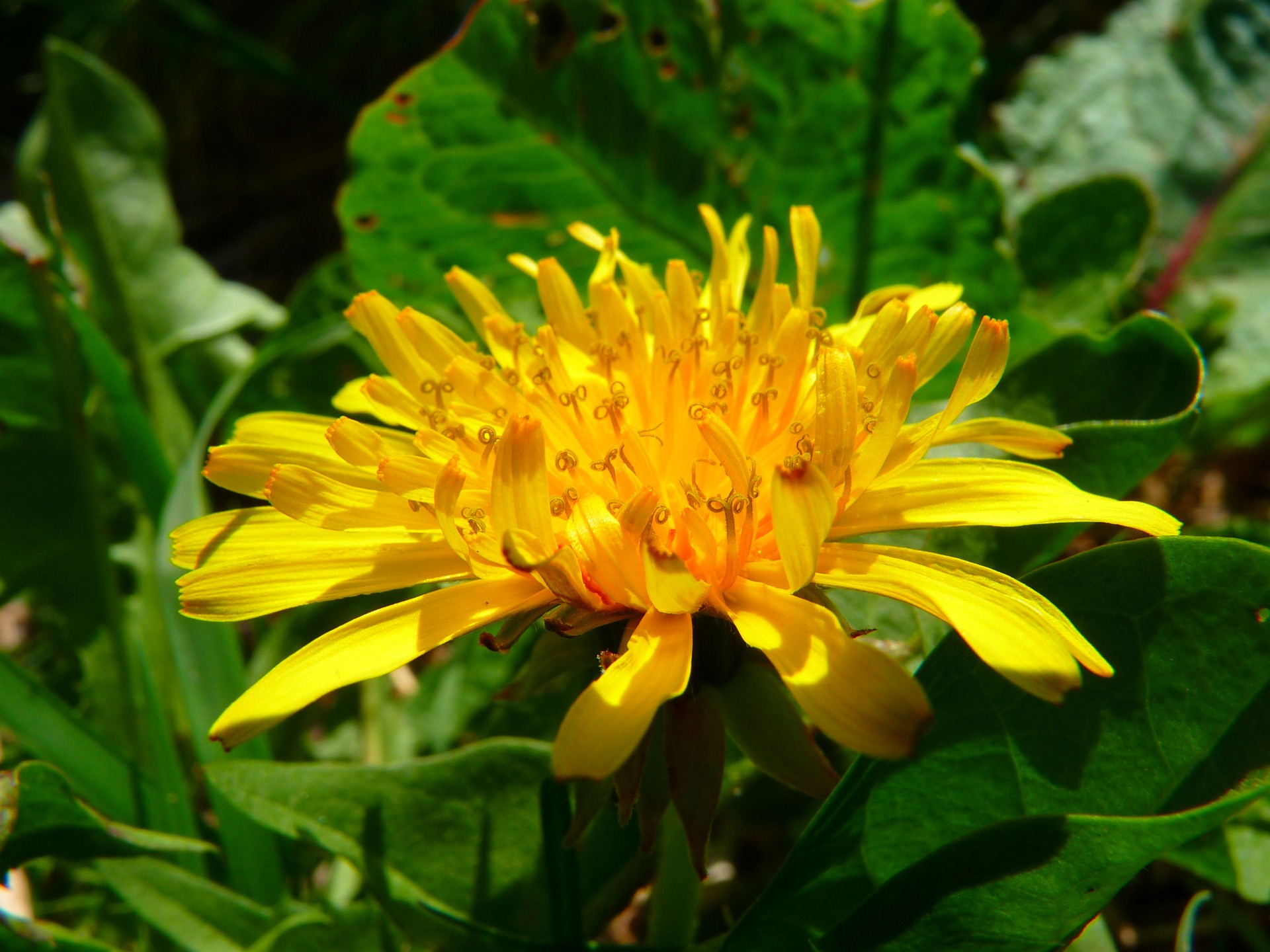
Dandelion is a well-known weed that grows in most parts of Michigan. The dandelion is extremely nutritious. The best thing about it is the fact that most parts of the plant are edible. It contains calcium, iron, fiber, Vitamins A, E and K. Because of their nutritional benefits, dandelion is now finding its way to the market, but you don’t have to go to the store since it is locally available and you can obtain it for free in the wild.
Purslane
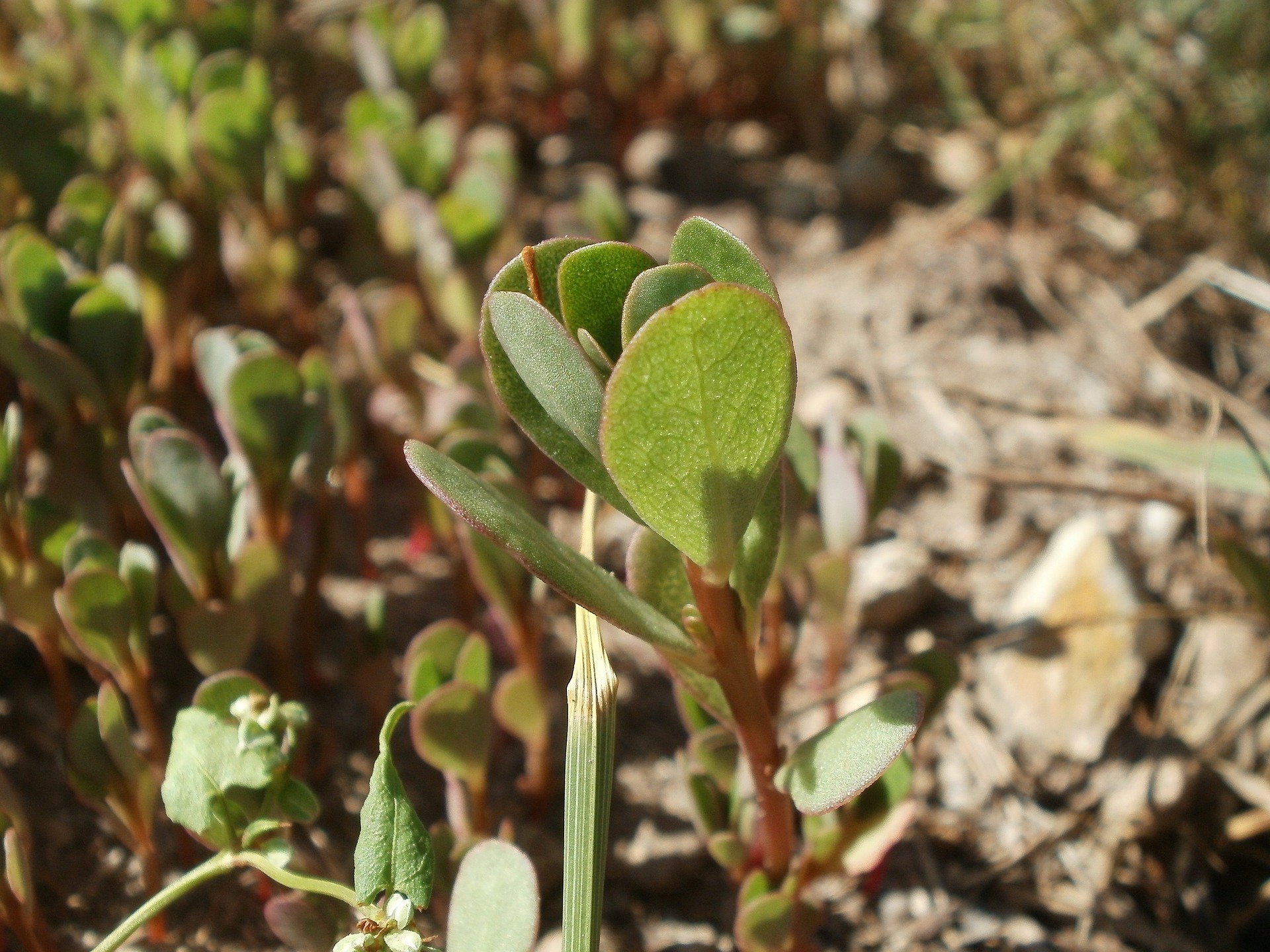
This weed grows throughout the Michigan area both in gardens and in many open areas; it grows almost anywhere you might think to look. To identify purslane you just need to look out for a ground cover with light green leaves and thick reddish stems not more than 10 inches. When harvesting purslane snip-it from the base and give it a good wash. Both the green leaves and red stems are edible and used in many recipes from salads to stir-fries to sandwiches. You can even grind the seeds into flour.
After adding these plants to your foraging roster you will be ready to head out and venture across the Midwest this summer trying to look out for these tasty edibles. Don’t be surprised when you fall in love with these new ingredients like many a forager before you!
– Disclaimer –
This post is strictly intended for informational purposes. Please research further if you have allergies, or think you may have a reaction to certain vegetables, flowers, roots, and other wild plants which may be suitable for consumption before eating them. It is important to identify plants properly before eating.
*** GearWeAre is not responsible for any allergic reactions or mistaken identification of wildly grown edibles. ***





